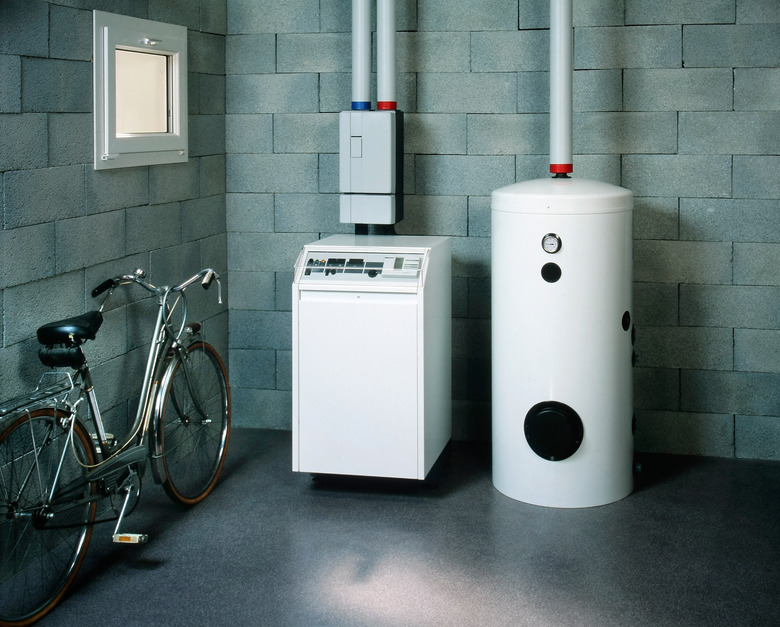How To Paint Interior Cinder Block Walls
We may receive a commission on purchases made from links.
Cinder blocks, also known as concrete masonry units (CMUs), are affordable and durable materials that homeowners commonly use for basement walls. Without decoration, cinder block walls look industrial and, frankly, a little scary. Painting them will make the room look less like a dungeon and more like a cozy living space. Follow these simple steps to get the job done.
Things Needed
-
Towel
-
Multipurpose cleaner
How to Paint Interior Cinder Block Walls
1. Prep the Walls
Remove dirt, dust, and any loose paint on your cinder block walls by wiping them down with a clean, damp towel. Spray the walls with multipurpose surface cleaner if they're really dirty.
Use a rubber or metal paint scraper to remove flaking paint (if there is any). Flaked or chipped paint can be a sign of moisture seeping through the cinder block.
2. Apply Sealant
Cinder blocks are permeable to water and water vapor. When moisture seeps through the wall, it will cause paint to chip and flake off. That's why applying sealant is key to a successful cinder block paint job.
Some cinder blocks, especially those in basements, are already treated with a waterproof sealer. If you aren't sure whether yours are already sealed, it's a good idea to apply a fresh coat to be safe.
Apply the clear, thin liquid with a clean paint roller or a paintbrush and allow it to dry according to the manufacturer's instructions, which are typically printed on the back of the product.
3. Prime the Cinder Blocks
Applying a coat of primer before you paint the cinder block walls is just as important as applying sealant. Primer will fill the holes in the porous cinder blocks, helping the paint adhere to the surface and resulting in an even coat. For best results, choose a primer that's approved for indoor concrete or masonry use. Acrylic block fill primer is ideal.
Primers are generally white, but you may be able to get yours tinted the same color as your paint to add some depth to your wall color. Let the primer dry completely before painting the cinder blocks. This should take at least two hours but follow the instructions on your product's label for specific drying times.
To apply prime the wall, apply an even layer of product to a clean paint roller and give the wall an even wash. Use a clean paintbrush to get into corners and other hard-to-reach areas.
4. Paint the Cinder Block Walls
Once the cinder blocks have been sealed and primed, you can use virtually any type of interior wall paint.) — there's no need to hunt for specialty paint. Use a clean paint roller to apply two or more thin, even coats until the desired color is achieved, letting the paint dry between coats.
